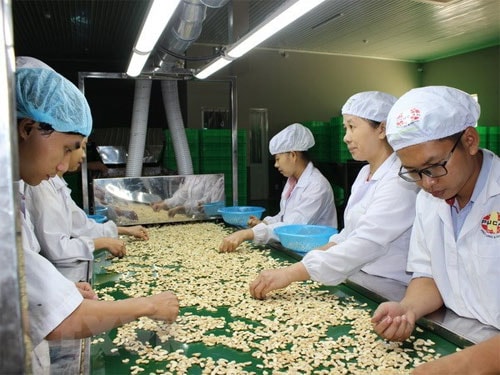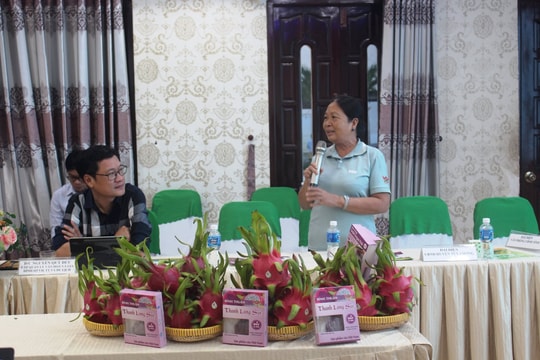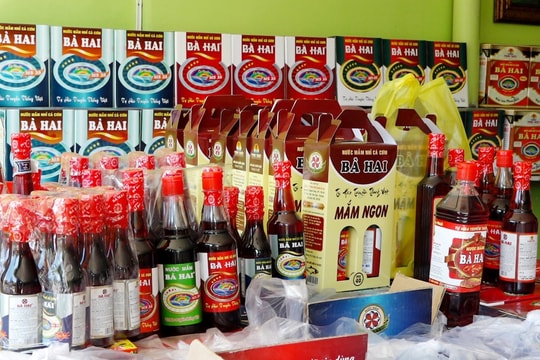 |
The export value of key agricultural products was estimated at 8.25 billion USD
in the January-May period, up 9.6 percent year on year. Meanwhile, aquatic
products contributed 3.12 billion USD to the total export turnover, up 9.7
percent, and forestry products 3.4 billion USD, up 8.7 percent.
The Vietnam Administration of Forestry said that China, Japan, the Republic of
Korea and the US were the four largest importers of Vietnamese wood and wooden
products. The export value of forestry products accounted for nearly 22 percent
of the total export value.
In May alone, the country raked in 347 million USD from shipping abroad some
452,000 tonnes of rice, bringing the total value and volume of rice exports in
the January-May period to 1.45 billion USD and 2.66 million tonnes, up 40
percent and 13.9 percent, respectively.
Average rice price in the period experienced an increase of 12.9 percent to 503
USD per tonne. China remains the largest buyer of Vietnamese rice, holding 33.5
percent of the market share.
Vietnam also enjoyed robust shipments of cashew nuts. In the five months, it
sold 139,000 tonnes of cashew nuts abroad and earned 1.37 billion USD, rising 19
percent in volume and nearly 23 percent in value as compared to the same time
last year.
Some 1.3 million tonnes of cassava and cassava products were sold in foreign
countries for 460 million USD, falling 25.6 percent in volume and soaring 7.3
percent in value.
Meanwhile, coffee exports increased 16 percent to 820,000 tonnes but dropped 0.8
percent in value to 1.6 billion USD. Rubber exports also fell 12 percent in
value to 620 million USD although the exported amount was estimated at 424,000
tonnes, or 16 percent higher than the same time last year.
The export turnover of pepper experienced a plunge of 37.6 percent. A total
108,000 tonnes were shipped abroad at a value of 377 million USD.
The ministry also said that the country spent 12.29 billion USD importing
agro-forestry-aquatic products during January-May, a year-on-year increase of
10.6 percent.
Minister Cuong said that the agricultural sector should further its efforts to
remove bottlenecks.
Agricultural restructuring towards applying more high technologies into
production and branching out value chain is key to tackle the processing and
preservation issues, particularly when Vietnam is among five countries most
affected by climate change, he noted.
Furthermore, Vietnamese agricultural products also face fierce competition in
both traditional and new markets due to tax and technical barriers. Thus, local
businesses should keep close watch to the situation to have proper response,
Cuong said.
Source: VNA




















.jpg)




.jpeg)

.jpeg)


.jpeg)


